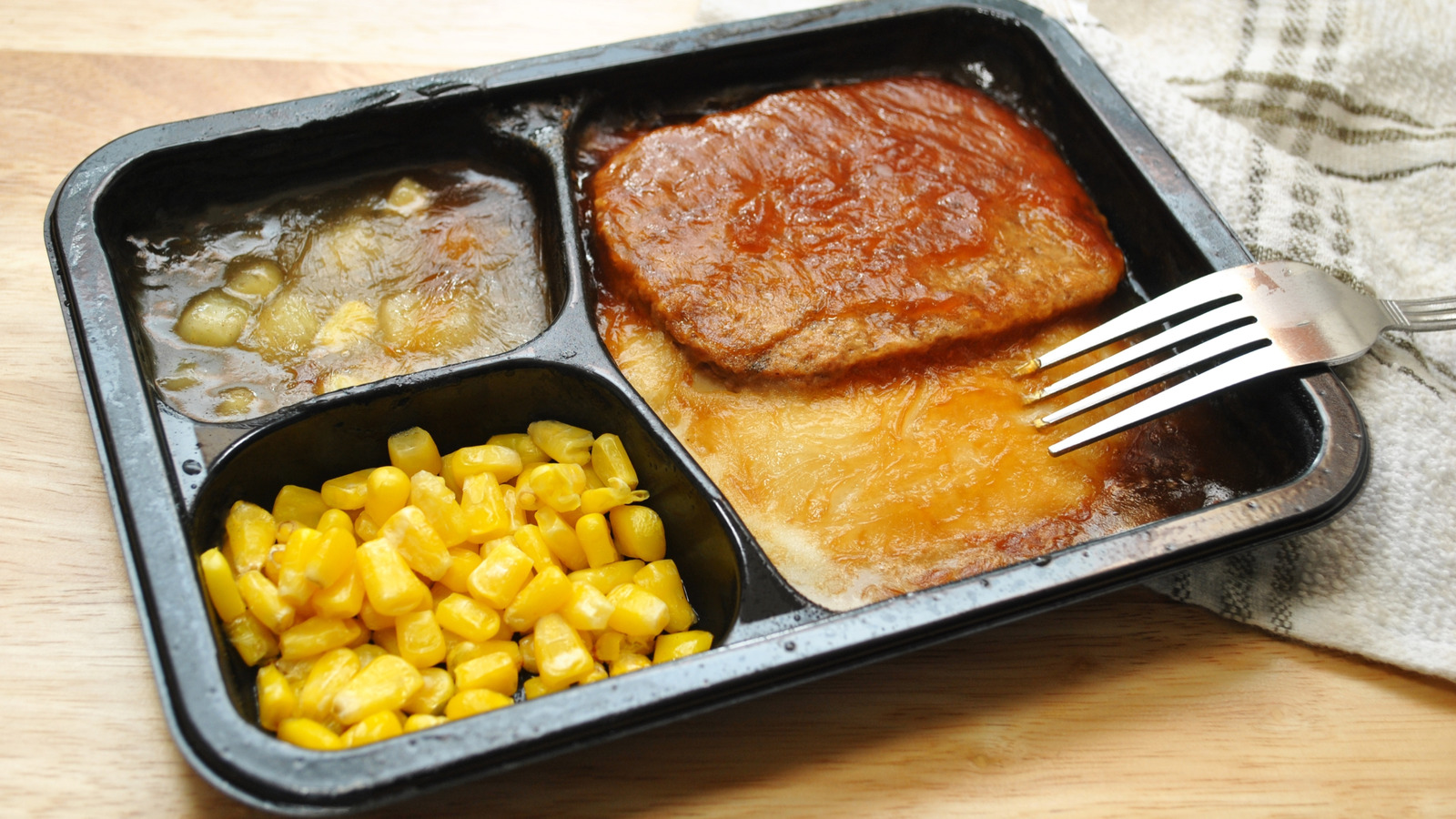
"The invention of the TV dinner can be traced back to the 1950s, coinciding with the growing popularity of television and the convenience foods market."
"Clareance Birdseye's freezing method revolutionized the frozen food industry; however, it took time before such meals gained popularity in American households."
"Frozen dinners started entering civilian markets in the late 1940s, notably by Swanson and Sons, marking a significant moment in American dining habits."
"The rise of eating while watching screens has become prevalent, with statistics showing 63% of Americans dine in front of the television at dinner."
Eating while watching screens has become a common practice in America, as indicated by a 2025 YouGov survey revealing that 63% of Americans watch television during dinner. This trend links back to the 1950s with the introduction of TV dinners. Clarence Birdseye pioneered flash-freezing technology that transformed the frozen food market, though early frozen meals faced challenges in consumer popularity. The 1940s saw a turning point with the successful marketing of frozen dinners, particularly by companies like Swanson, leading to widespread acceptance and integration into dining culture.
Read at Tasting Table
Unable to calculate read time
Collection
[
|
...
]